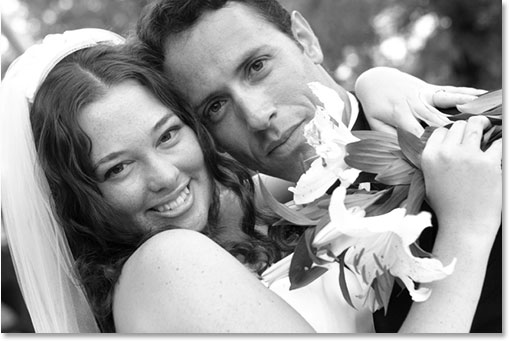Mastering Monochrome: A Comprehensive Guide to Fast, High-Quality Black and White Conversions in Photoshop

Introduction:
Black and white photography possesses a timeless allure, capturing the essence of a moment through its play of light and shadow. In the digital age, converting color images to black and white has become an art form in itself, offering photographers a creative avenue to express mood, texture, and contrast. In this extensive guide, we will explore the techniques and tools available in Adobe Photoshop for achieving fast, high-quality black and white conversions that elevate your photography to new heights.
- Understanding the Art of Black and White Photography: Before delving into the technical aspects of black and white conversions in Photoshop, it’s crucial to appreciate the nuances of monochrome photography. Black and white images evoke a sense of timelessness, emphasizing composition, contrast, and texture. Understanding the visual language of black and white photography is the foundation for creating compelling conversions.
- Opening Your Image in Photoshop: To begin the black and white conversion process, open your color image in Adobe Photoshop. Ensure that you are working with a high-resolution file to maintain image quality during the conversion.
- Utilizing Photoshop’s Black and White Adjustment Layer: Photoshop provides a dedicated Black & White adjustment layer that offers a non-destructive way to convert color images to monochrome. Locate the adjustment layers panel and choose the Black & White adjustment layer from the menu. This layer allows you to individually adjust the intensity of different colors in your image, providing fine-tuned control over the conversion.
- Fine-Tuning with Channel Mixer: For photographers seeking more control over the black and white conversion process, the Channel Mixer is a powerful tool in Photoshop. Found under the Adjustments menu, the Channel Mixer allows you to mix different color channels to create a customized monochrome result. Experiment with the red, green, and blue channels to achieve the desired tonal balance.
- Exploring Grayscale Conversion: Another method for converting color images to black and white is through the Grayscale mode in Photoshop. This straightforward approach discards color information and retains luminance values, resulting in a grayscale image. While this method lacks the flexibility of adjustment layers, it provides a quick and effective conversion for certain types of images.
- Leveraging Gradient Maps for Creative Toning: Gradient Maps offer a creative way to add tonal richness to your black and white conversions. By mapping specific tones to a gradient, you can introduce subtle or dramatic color toning to your monochrome images. Experiment with different gradient maps to discover unique and visually compelling results.
- Embracing the Power of Dodge and Burn: Dodge and Burn tools in Photoshop allow you to selectively lighten (dodge) or darken (burn) specific areas of your image. These tools are invaluable for enhancing contrast and emphasizing key elements in your black and white conversions. Exercise restraint and finesse when applying dodge and burn to maintain a natural and appealing look.
- Using Layer Masks for Selective Adjustments: Layer masks in Photoshop offer a non-destructive way to apply black and white adjustments selectively. By creating a mask, you can target specific areas of your image for adjustment, ensuring that only desired elements undergo changes. This precision is crucial for maintaining the integrity of your composition.
- Considering Noise Reduction: In the absence of color distractions, noise in black and white images can be more apparent. Photoshop provides noise reduction tools under the Filter menu to address this issue. Use noise reduction judiciously, balancing the removal of noise with the preservation of critical details.
- Saving and Exporting Your Black and White Masterpiece: Once you are satisfied with your black and white conversion, it’s time to save or export your image. Consider saving your work in a lossless format like TIFF to retain maximum image quality. If the final destination is the web or social media, exporting as JPEG is a suitable option.
- Exploring Plugins and Presets: Photoshop users can explore a myriad of plugins and presets designed specifically for black and white conversions. Plugins like Silver Efex Pro or presets from renowned photographers can provide additional tools and inspiration, streamlining the conversion process and expanding creative possibilities.
- Continuous Learning and Experimentation: Black and white photography is a dynamic and evolving realm of artistic expression. Continuously explore new techniques, study the work of master photographers, and engage in experimentation. Photoshop offers a vast array of tools, and mastering the art of black and white conversions is an ongoing journey of discovery.
Conclusion:
Mastering black and white conversions in Photoshop is not just a technical skill; it’s an art form that requires an understanding of composition, tonality, and the emotive power of monochrome imagery. By leveraging the diverse tools available in Photoshop, from adjustment layers to dodge and burn, photographers can breathe life into their color images and transform them into captivating black and white masterpieces.
Remember that the essence of black and white photography lies not just in the absence of color but in the ability to convey mood, emotion, and storytelling through light and shadow. As you embark on your journey of black and white conversions, embrace the creative possibilities that Photoshop affords, and let your artistic vision flourish in the timeless world of monochrome photography.




